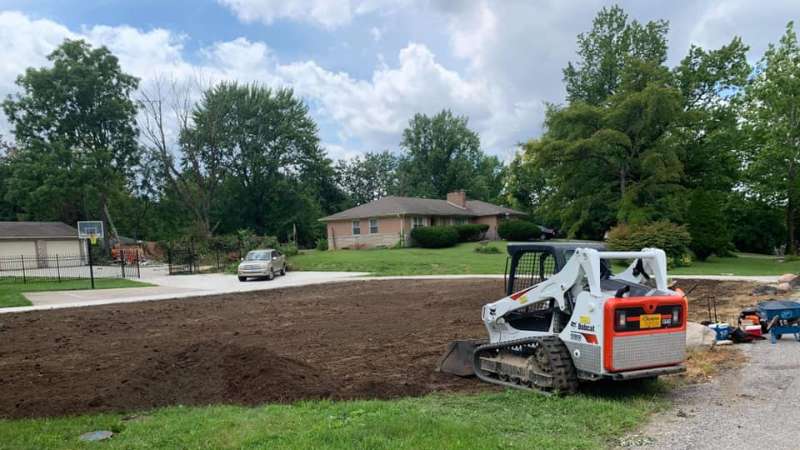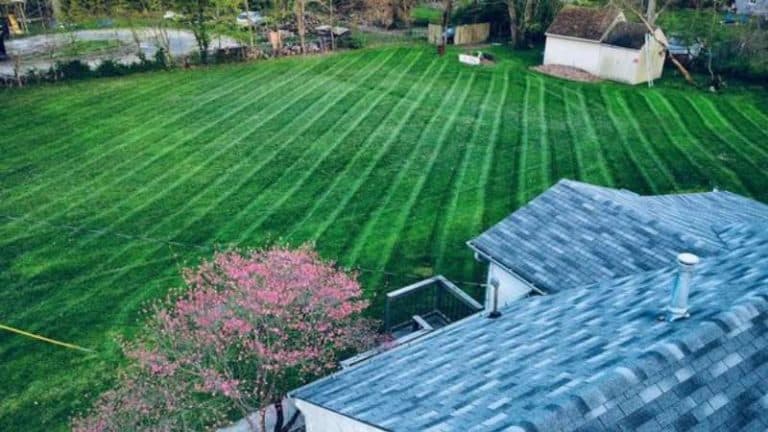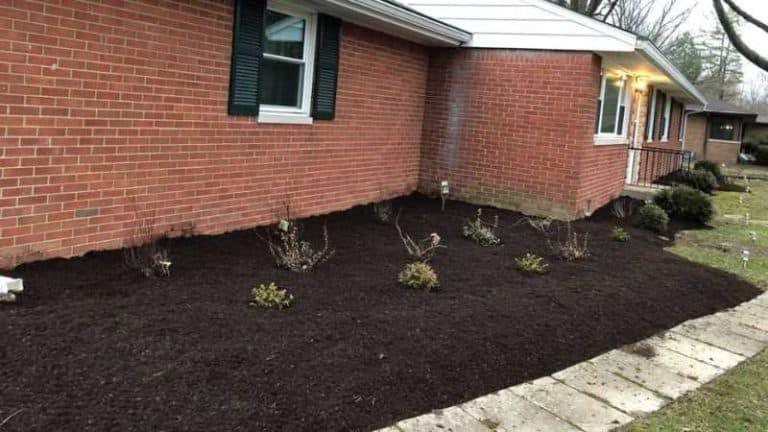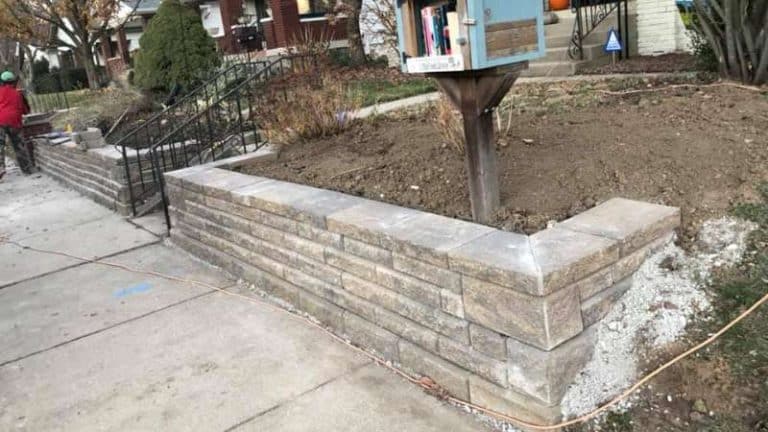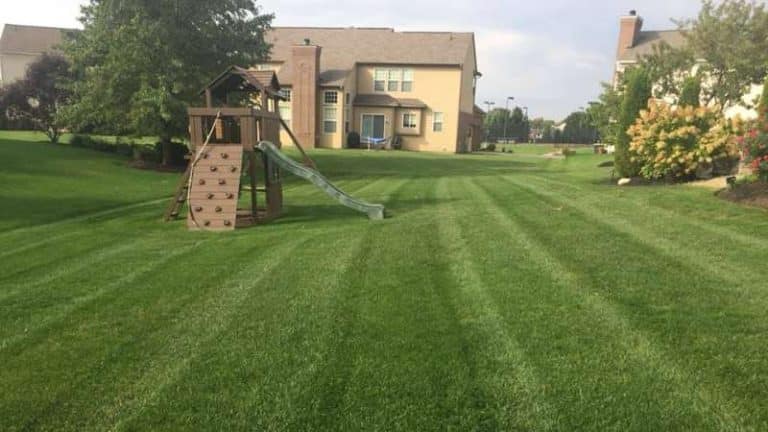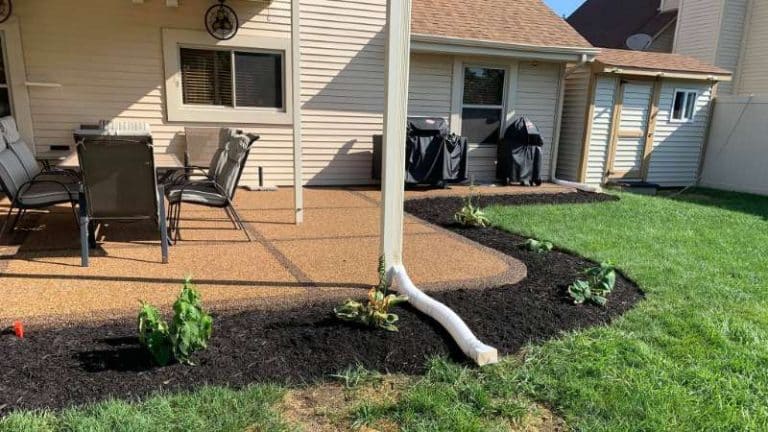A Homeowner’s Guide to Property Grading
A poorly graded yard can wreak havoc for homeowners. Improper drainage can allow moisture to move towards your foundation, causing all kinds of issues.
If you are concerned about your yard’s slope but aren’t sure where to start or what to do, don’t worry. We’ve put together the basics of grading so you can feel confident knowing what signs to look for, having conversations with the professionals you hire, and preventing significant problems down the road.
What is property grading?
The grading of your property is the level of the ground around your home and the way it slopes: the ground level and its slope impacts where water flows.
Why do I need to grade my property?
Properly grading your property will ensure water flows away from your home, which is the main objective. However, it is also essential for improving your lawn and garden/flower beds’ condition and appearance.
Positive vs. Negative Grading
You want the grading around your foundation to be positive. Positive grading means the ground slopes away from your foundation, directing water away from your basement. The grading should slope about 2-3 inches 3 feet away from your home.
The grading is negative if it is sloping toward your foundation, leading to water moving to your foundation walls. The water will seep through any existing cracks or exert enough pressure to cause leaks, cracking, and flooding. If you want to avoid repairing your foundation, you need to remedy things quickly.
How do I know if my property is graded correctly?
Suppose your home isn’t showing any of the obvious signs of negative grading, such as pooling water, cracking foundation, or flooding. In that case, you can call a professional for an assessment or attempt to find out yourself:
You’ll need two stakes, about 10 feet of string, and a measuring tape.
- Pound the first stake into the ground next to the foundation and tie the string around it.
- Extend the string out 8 feet (this is called the run) and attach it to the second stake.
- Slide the end of the string at your foundation (stake 1) to ground level.
- Making sure the string taught and level, measure the distance from the ground to string ( at stake 2 (this is called the rise).
- Divide the rise by the run and multiply by 100. Now you have the slope percentage.
- Ideally, you want about a 2 percent drop leading away from the house toward the drainage area. That means that in general, the yard should drop about one foot in elevation across every 50 horizontal feet, or six inches every 25 feet. When the slope is too flat, water pools in the yard; if it’s too steep, there can be erosion problems and water pooling at the bottom of the slope.
Perform a grading assessment in any area of your yard with drainage issues. Instead of putting stake one by the foundation, you will put it at the high point — the point at which water starts draining in the wrong direction. Place stake two at the low point — the area where the water ends up.
While this may not sound like a complicated process, remember, the stakes are high if you make an error. If you aren’t how to measure correctly, it’s probably a good idea to hire someone. If you are purchasing a new home and have hired a home inspector, their report should highlight any issues.
Repairing the grade
After determining the grade, move the topsoil and any sod or plants so you can loosen the subsoil enough to work with it. The subsoil needs to be moved around evenly to fill low spots and correct the grade. In some cases, the existing soil is enough to remedy the negative grade, but sometimes more soil needs to be brought in.
Once the desired grade is met, replace the topsoil. Typically, topsoil should have a depth of around 4 inches. It should be tilled into the subsoil and smoothed out. Watering it well will help to compact the soil.
Many landscapers suggest planting grass right away because the roots bind the soil and help prevent erosion.
Stormwater runoff and grading plans
Everyday stormwater runoff causes most problems in grading plans, causing erosion in steep areas and pooling in flatter areas. Stormwater management correlates to the type of soil present. Sandier soils allow for more drainage while richer, denser ones tend to hold water. When adjusting your grading for these types of problem areas, it’s a good idea to look at the overall grading instead of isolated instances.
Grading elements to move water
- Slopes are at the center of any grading plan for managing stormwater. If they are too steep, there could be significant soil erosion or unstable landforms; too gradual, and you could see water pooling.
- Swales are elongated declines that move water away from your home. They can be as simple as a grassy dip in your lawn or a more elaborate curve filled with plants or stones.
- Drains collect runoff and move it away from the surface to a secondary location, such as the city sewer, your garden, or flower beds. They are typically installed underground and used within or at the edge of paved areas.
- Permeable pavers allow water to pass through them, which reduces overall runoff. They have gravel between them, so they should be set at a consistent slope and adequately graded to maximize efficiency.
- Rain gardens are made up of native plants and are built in a slight depression. Dry most of the time, a rain garden typically only holds water when there is rainfall. Rain gardens effectively manage rainwater and remove 90% of nutrients and chemicals and up to 80% of sediment from runoff. Rain gardens also allow 30% more water to soak in than conventional lawn choices.
If you want fewer problems managing runoff, try mimicking the natural process of infiltration in your landscape. Whether that’s a rain garden, an infiltration lawn, or other drainage elements will depend on where you live. A professional landscaper can help you figure the best design for your space.
Professionals like landscape architects and civil engineers can work with your municipality guidelines to create grading plans that meet building permit requirements for major projects. A professional landscape company has the machinery needed to get a project done well and done quickly. They also possess a lot of know-how when choosing different types of grading elements to move water.
If you’d like to get an estimate to install or repair the drainage in your landscape please give Caballero’s Landscaping a call 317-400-8766 or fill out our contact form and someone will be getting back to you shortly.

